Victor Grossman
A film from yesterday an an ausience from today
Berlin Bulletin No. 136
.

Victor Grossman
With its theme a little-known event of over a century ago, the film was ancient in cinema terms, its rather unsuccessful premiere was way back in 1926 and the performance Monday evening marked an event even earlier than that, one which is rarely discussed and even less celebrated. Yet the theatre was sold out and the final ovation lasted many, many minutes, with some loudly cheering and many standing.
The film was Potemkin, its showing was almost exactly 100 years after the Russian Revolution in October or November 1917 (the month depending on which calendar is used). The place was the Babylon in downtown Berlin, near its eastern center, Alexanderplatz.
What brought so many people together for an old silent film on that drizzly evening?
The Babylon is a beautiful theater, designed by Hans Poelzig (1869 – 1936) in a style called New Objectivity – like the clear functional Bauhaus style but less angular, with rounded corners giving it a certain gentleness. His career and this style were ended by the Nazis, who liked heroic buildings; he died just before his planned emigration. A small anti-Nazi Communist cell led by a young projector met secretly in this theater, and it seems likely that a Jewish family once found brief refuge here behind the big screen.
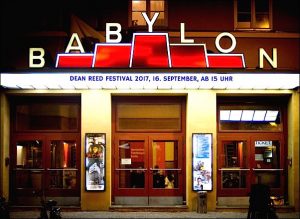 The theater is the only one in Germany which still has its old organ, played between films and for old silent films every Saturday at midnight with no admission charge.
The theater is the only one in Germany which still has its old organ, played between films and for old silent films every Saturday at midnight with no admission charge.
But the organ was not needed for this special occasion, the start of this autumn’s fifty-film retrospective of Soviet films to mark the centenary. Occupying the orchestra pit was an ensemble of 18 musicians, who all like to play for silent films and formed the Metropolis Orchester Berlin to accompany the film classic Metropolis earlier this year – and now Potemkin, with the original score, a highly dramatic, sometimes almost startling but immensely impressive music which has only very rarely been heard.
Of course it was the film which was the main attraction, a chance to see a work which is rarely missing from lists of the ten best films of all time, and sometimes the best five, but only rarely shown – and probably never with a live, skilled and enthusiastic ensemble like this one.
Sergei Eisenstein (1898-1948) was commonly considered the greatest Soviet director, one of the world’s greatest. This film illustrates his exciting new development of film montage, cutting one film action right next to a very different one in ways aimed at linking ideas and creating emotions – for him the most important part of film-making. Potemkin illustrates this magnificently and – you could almost feel it in the air – the audience was caught up completely by the suspense, the emotion and also the message. It is the story of the Russian battleship Potemkin in 1905, starting with dissatisfaction among the sailors about mistreatment and disgusting meat filled with worms. When some of those rejecting the awful food and showing resistance are to be shot as a warning to the others, the whole crew rises in mutiny, takes over and steers into nearby Odessa. It is the revolutionary year 1905, and huge numbers greet them and mourn with them the death of the leading mutineer.
Then come the famous, amazing scenes showing the booted, white-uniformed Cossack military unit, firing into the crowd as its straight line marches unstoppably downward, mowing down those seeking safety, with many deaths and one amazing episode showing a baby in its carriage, with its mother dead or wounded, as it rolls perilously down the famous stone stairway.
It was and is a revolutionary film. A clever leftist publicist (Willy Münzenberg, 1989-1940) managed to squeeze it past the first censorship attempts in Berlin. To quote a major critic of the day, “We were electrified”. It became such a hit that it quickly moved from one small left-wing theater to twelve theaters all around the city, including the exclusive Kudamm. Though continually censored, cut and outlawed it somehow managed to break through to world fame. Forbidden at first in the USA – as a blueprint for sailors on how to mutiny – the great actor Douglas Fairbanks helped make it possible to premiere at the Biltmore Theater on 47th Street in New York in late 1926, and it won so much praise that Eisenstein was given a contract for Hollywood (which unfortunately resulted not in films but in unsurmountable differences). The film remained banned in Britain until 1954 and in France nearly every copy of it was burned.
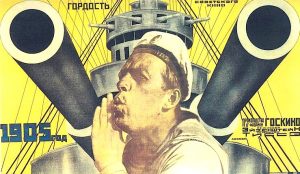
In some cases it was the revolutionary music which infuriated the censors, yet this was one of the factors in its huge success in Berlin on Monday.
There has never been much doubt; this was and remains one of the greatest films. But it is a totally political film; why did it get so much applause from the very mixed audience of both young and old? I think it was not only the fame of the film, its suspense and the great live music in a beautiful theater. Among the old-timers, here in East Berlin, many had grown up, lived, labored and loved in East Germany, the GDR, which despite its failings and all too many hypocrites, dogmatist and fools also maintained for some of its citizens emotional ties to the old USSR, especially its early years, and to revolutionary traditions which have since largely become taboo. With them, I think, a certain melancholy, even nostalgia was mixed in their applause
As for the young people, the kind that came to this film, there was a kind of yearning involved, not just for the excitement involved in it – at times brutal excitement – but for a dream expressed less in words than in the actions of the people on the screen, most of them not actors but everyday people chosen for their typical yet distinctive faces. Was it a dream of new mutiny against an aristocratic elite which still offers the wormy meat to all below it and smothers the protests of any who grow too rebellious? They have heard of the giant gatherings for Bernie Sanders and Jeremy Corbyn, many have taken part in human blockades against present-day fascists, now entering as delegates into the Bundestag, and they rejoiced, I think, to see rebellious seamen in a ship on the Black Sea in 1905. Perhaps they even felt somehow inspired.
They needed only to leave the theater to be on a square still named Rosa Luxemburg Platz – a place which was often enough the scene of angry demonstrations, both past and very recent. The spirit of Potemkin – and of some of the other films in this two-week retrospective – is not completely dead, and is as necessary as ever.
More by Victor Grossman: Berlin Bulletin No. 135, No. 134, No. 133, No. 132, No. 131, No. 130, No. 129, No. 128, No. 127, No. 126, No. 125, No. 124, No. 123, No. 122, No. 121 (deutsch), No. 121, No. 120, No. 119, No. 118, No. 117, No. 116, No. 115, No. 114, No. 113, No. 112, No. 111, No. 110, No. 109, No. 108, No. 107, No. 106, No. 105, No. 104, No. 103, No. 102, No. 101.
.



























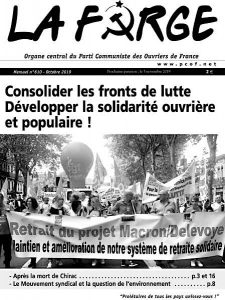





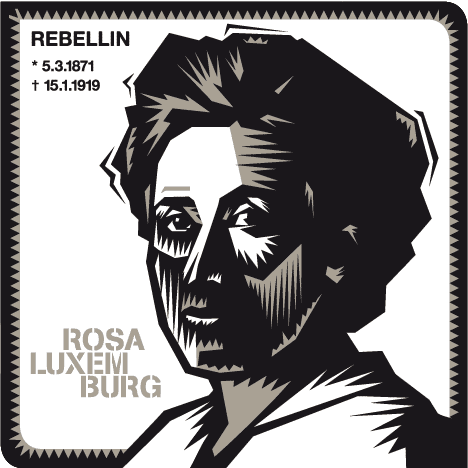


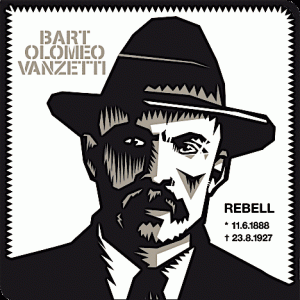



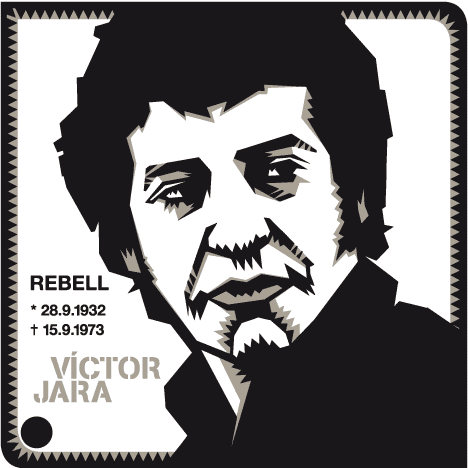

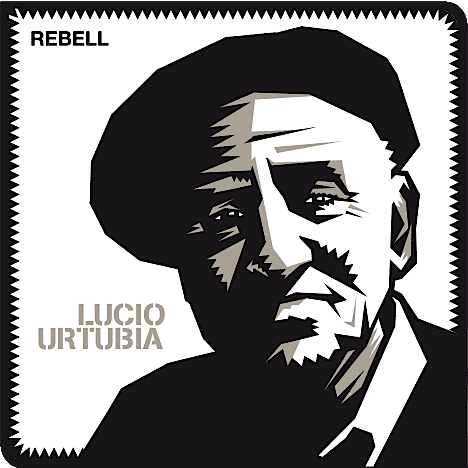

Diskussion ¬